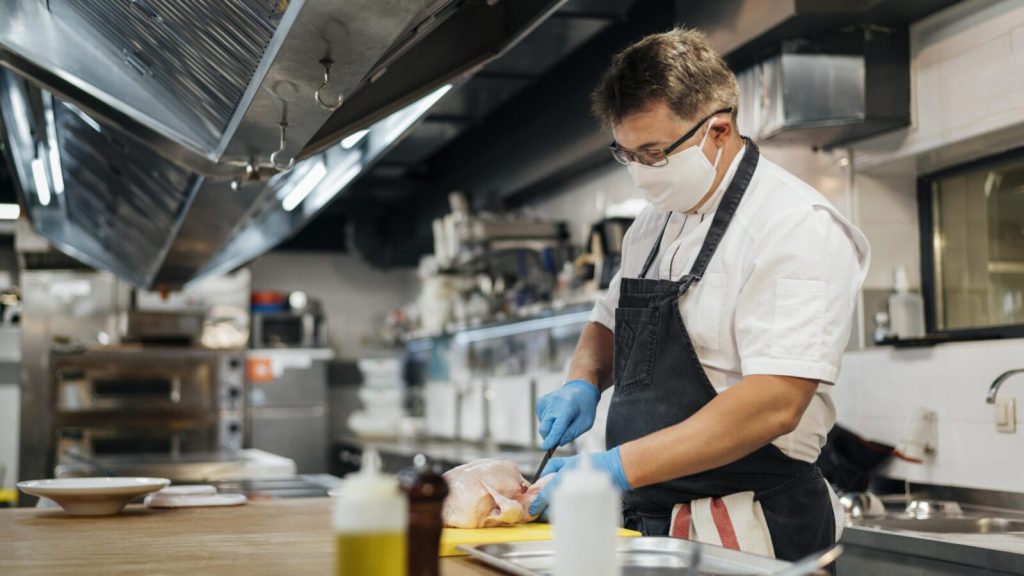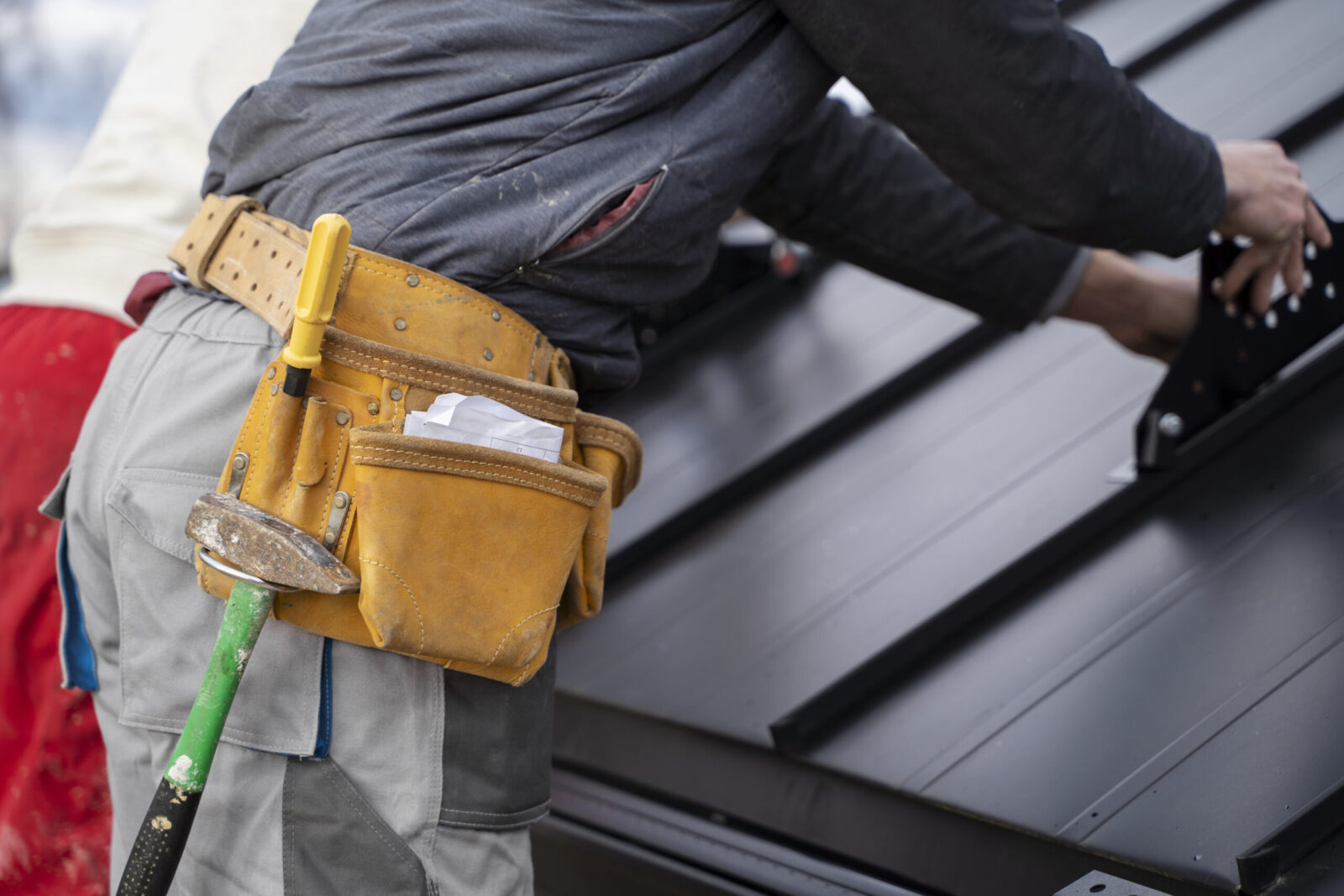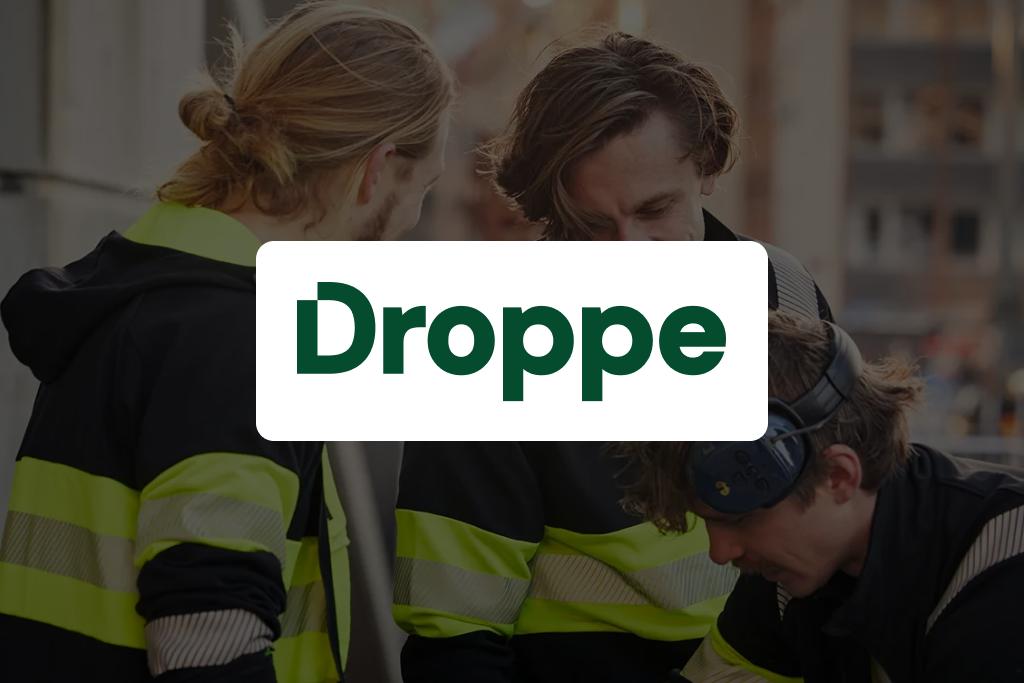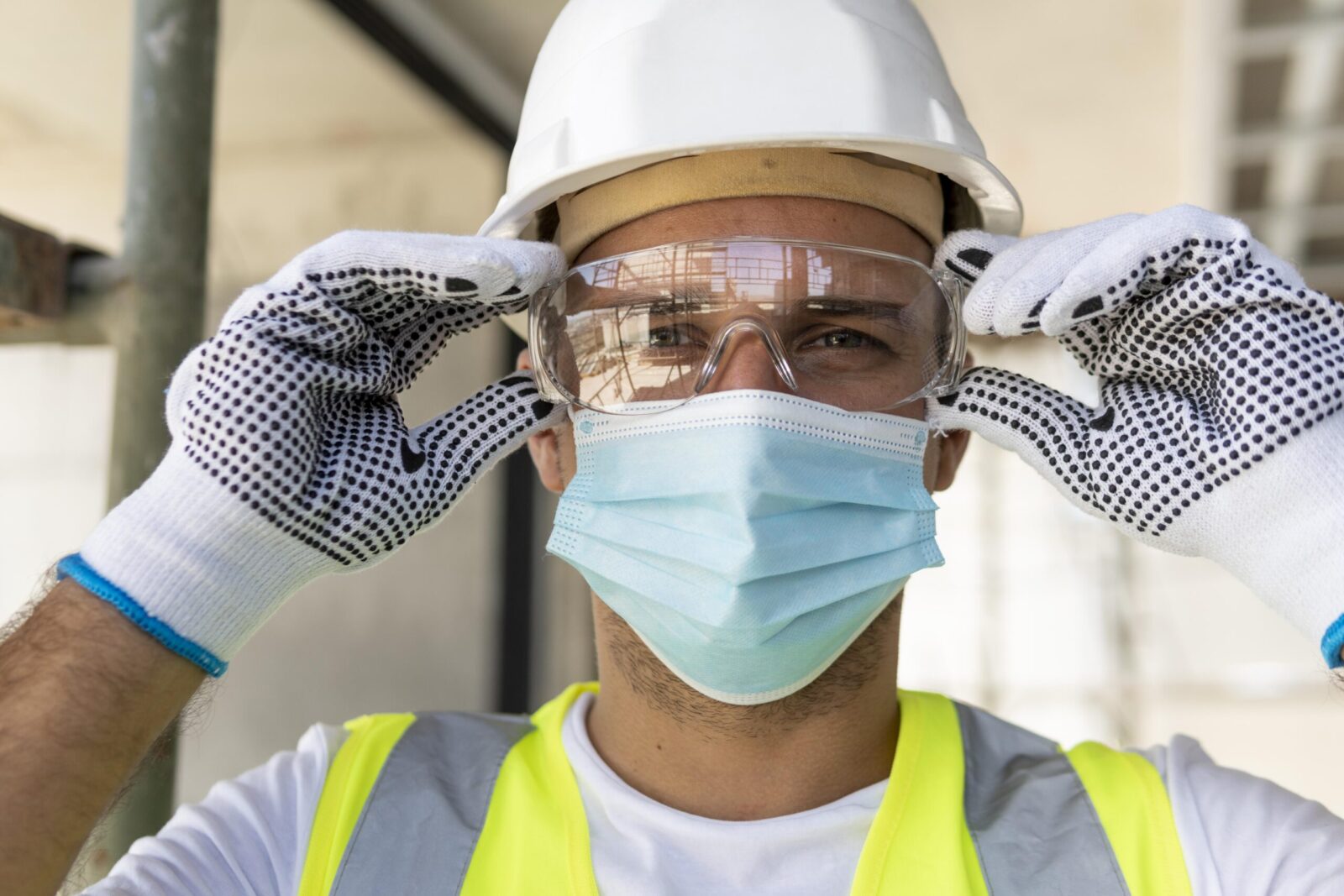
Essential PPE in the Food Industry: What You Need to Know
Overwhelmed by PPE options for food safety? Master your PPE selection for food workers safety with these practical tips.

Get 20€ off on your first order!
Roofing is one of the most hazardous professions in the construction sector, with falls from heights accounting for a significant proportion of workplace injuries. Selecting the right roofing safety equipment is crucial for mitigating risks and ensuring compliance with European occupational safety regulations. This guide offers a detailed overview of how to choose the best safety equipment for roofing tasks, emphasizing the key considerations for safety, durability, and compliance.
Roofing involves working at significant heights, often on steeply sloped or unstable surfaces. Key hazards include:
Proper safety equipment reduces these dangers, protecting workers and ensuring compliance with EU regulations such as the Work at Height Regulations (WAHR) and EN safety standards.
To effectively safeguard workers, roofing safety equipment can be categorized into several types:
When choosing safety gear, make sure it satisfies pertinent EU criteria including:
Different roofing projects require different equipment. Consider:
Safety equipment should be comfortable to wear for extended periods. Features to look for include:
Safety gear for roofing should be able to resist demanding working circumstances. Review:
Prioritising safety and compliance is important, but cost is also a factor when choosing tools. Finding a mix between safety and cost:
One component of workplace safety is choosing appropriate safety gear only. Promoting a safe culture entails:
To simplify the decision-making process, use this checklist:
| Item | Standard | Purpose |
| Hard hat | EN 397 | Protects against falling objects |
| Safety boots | EN ISO 20345 | Prevents slips and provides impact protection |
| Harness | EN 361 | Distributes force in case of a fall |
| Lanyard with shock absorber | EN 354 / EN 355 | Reduces impact force during a fall |
| Anchorage point | EN 795 | Secure attachment for fall protection |
| Guardrails | EN 13374 | Prevents falls at roof edges |
| Ladder | EN 131 | Ensures safe roof access |
Selecting the appropriate roofing safety gear is essential for workers’ protection as well as for European safety compliance. Employers may guarantee a safer working environment for roofers by knowing the hazards, weighing important criteria including compliance and durability, and encouraging a strong culture of safety. To preserve best practices, keep informed on changes to safety rules and routinely check equipment needs.
For additional resources and guidance, consult occupational safety organizations such as the European Agency for Safety and Health at Work (EU-OSHA) or local regulatory bodies.
Thank you! You've signed up for our newsletter.



















Overwhelmed by PPE options for food safety? Master your PPE selection for food workers safety with these practical tips.

Struggling to maintain clear vision in demanding environments? This guide is here to help. By the end, you’ll know exactly...

Electricians across Europe face unique challenges that require reliable safety glasses to ensure both protection and efficiency. Whether safeguarding against...

Overwhelmed by PPE options for food safety? Master your PPE selection for food workers safety with these practical tips.

Struggling to maintain clear vision in demanding environments? This guide is here to help. By the end, you’ll know exactly...

Electricians across Europe face unique challenges that require reliable safety glasses to ensure both protection and efficiency. Whether safeguarding against...
Get 20€ off on your first order!
Save 30% by buying directly from brands, and get an extra 10€ off orders over €100
Save 30% by buying directly form brands, and get an extra 10€ off orders over €100